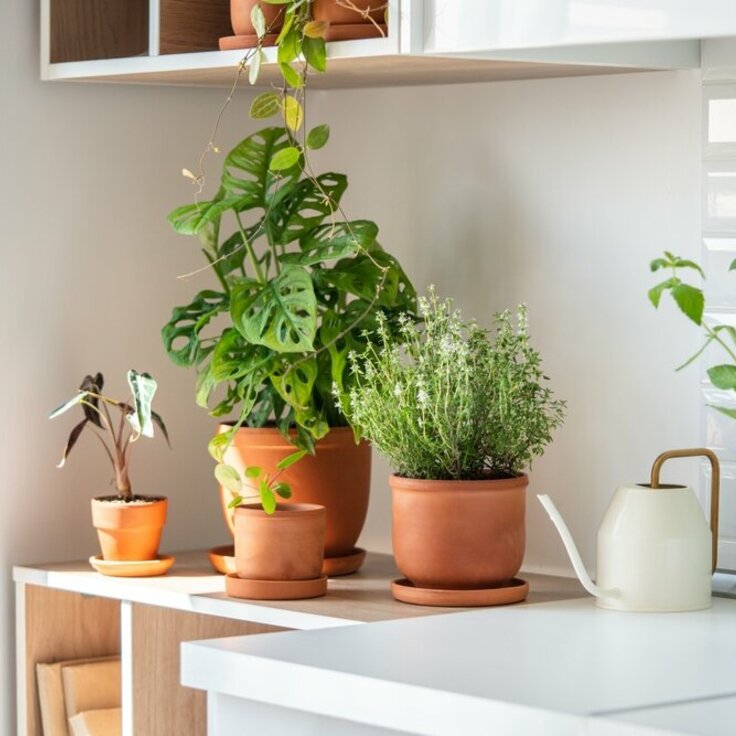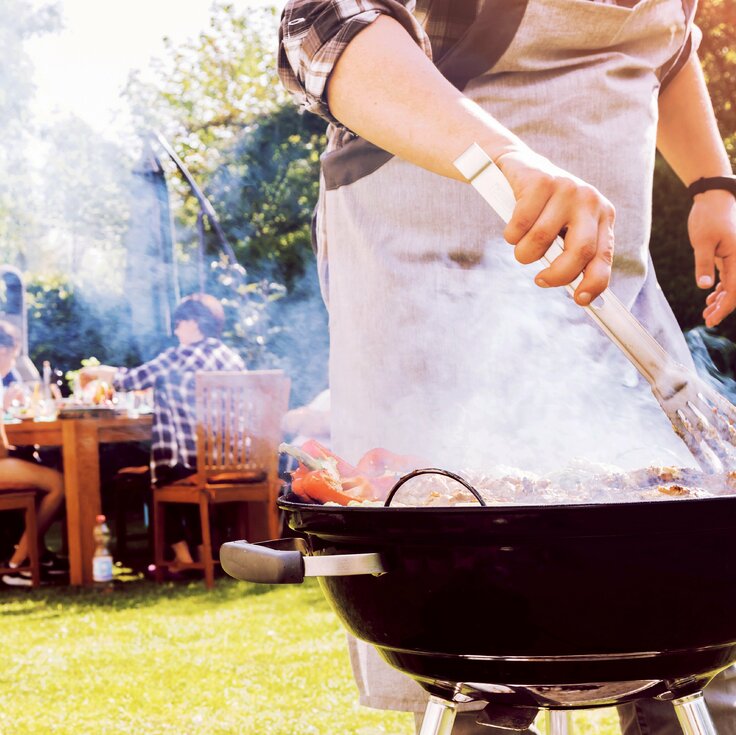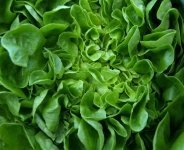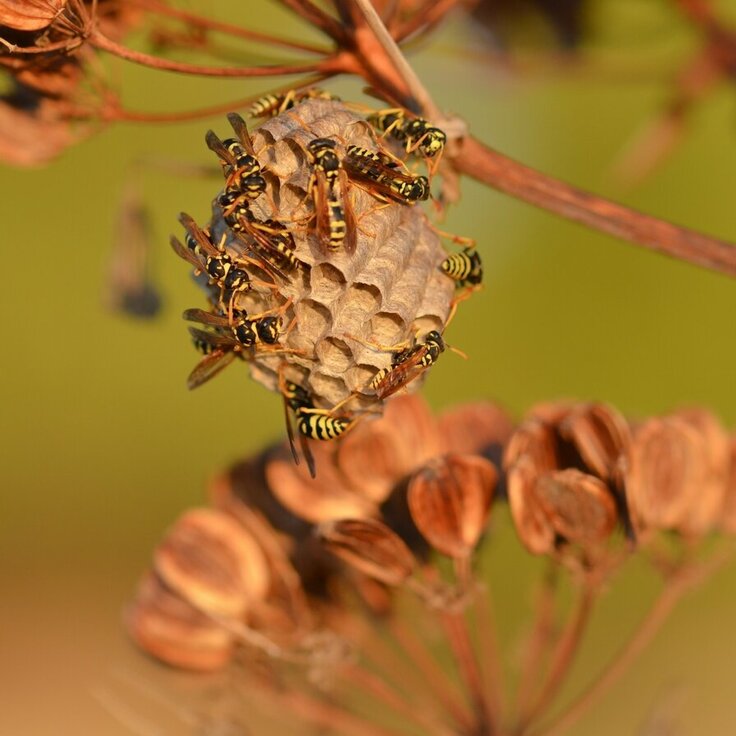Edible of the Month: Pawpaw
Many gardeners dream of growing their own tropical fruits. However, to enjoy fresh bananas, mangoes, and cherimoyas, most of us rely on grocery stores or visits to temperate places such as southern Florida, California, or Texas, where these fruits grow. But there is one fruit with a distinctly tropical look and taste that grows in eastern North America and some parts of the West.
The pawpaw (Asimina triloba) is native to a broad stretch of this country, from the Deep South to Michigan. It is hardy in USDA zones 5 to 9. Pawpaw trees grow 15 to 25 feet tall in an attractive, pyramidal shape. The six-inch-long, mango-shaped five- to 16-ounce fruits grow in clusters. The moist yellow flesh has a custard-like texture and its flavor is often described as a cross between a banana, mango, and peach. In fact, one of the pawpaw's common names is 'poor man's banana.' Imbedded in the flesh are 1/2-inch diameter black seeds that are easily removed. Nutritious pawpaws are high in vitamin C, copper, iron, magnesium, and manganese. Some research indicates that eating pawpaws may help to combat illnesses such as cancer.
If you like exotic fruit and have the space, try planting a few pawpaw trees in your yard — they can provide a little taste of the tropics in a cold-winter climate.
Planning
Pawpaw flesh is creamy and golden, and is often compared in flavor to bananas, mangoes, peaches, and pineapples.
With their large, drooping, avocado-like leaves, attractive form, and delicious fruits pawpaws make excellent trees in the edible landscape. Inconspicuous dark brown flowers bloom in spring. Although the flowers are perfect (each one contains male and female parts), pawpaws have a reputation for being difficult to pollinate outside their native range. For a good crop of fruits, home owners may need to hand-pollinate flowers with a paint brush.
Pawpaws grow best in areas with cold winters and moderately warm, humid summers. They are seldom found along either coast and don't grow well in areas with dry winds and low humidity. While pawpaws are best adapted to the eastern U.S., they will grow in a few western areas such as around San Jose, California.
You can purchase wild selections of pawpaws, but breeders have recently introduced grafted varieties that yield more and larger fruits with fewer seeds. For the best pollination it's a good idea to plant at least two different varieties in your yard. Among the named varieties, look for 'Sunflower' (hardy, northern type), 'Pennsylvania Golden' (very early to ripen), 'Mango' (developed in Georgia, adapted to the lower South), and 'Wells' (very large fruits).
Preparation
Pawpaws prefer fertile, well drained yet moist soil with a pH between 5 and 7. Wild pawpaws often grow on banks near rivers and streams.
Planting
Plant trees at least 10 to 15 feet apart in a sheltered location with plenty of sun. Young trees appreciate some shade during their first two years, while mature trees thrive in full sun.
Care
Pawpaws are easy to grow as long as the soil is fertile and well-drained. Mulch the trees to retain moisture and keep weeds at bay. Pawpaws respond well to annual applications of a granular organic fertilizer high in potassium. Prune the trees in late winter to remove dead, broken, or errant branches. Pawpaws produce fruits on one-year-old growth.
Pawpaw trees grow 15 to 20 feet tall, have large leaves, and an attractive pyramidal shape, making them a great edible landscape tree for your yard.
Pawpaws are relatively pest free. Zebra swallowtail butterfly larvae love to feed on pawpaw leaves, but seldom cause enough damage to warrant control. However, you may have to fight opossums, raccoons, and squirrels for the ripe fruits! The way to beat the critters is to harvest when the fruits are just starting to ripen and let them continue to ripen indoors.
Harvest
Pawpaws are ripe when their skins pale in color, the flesh feels soft, and the fruits are strongly fragrant. The skin sometimes becomes speckled with black splotches when fruits ripen. Ripe pawpaws easily separate from the tree. Mature trees can produce up to 35 pounds of fruit per year. The fruits are very perishable and are best eaten fresh or processed within two to three days of harvest.
Read more from the National Gardening Association








